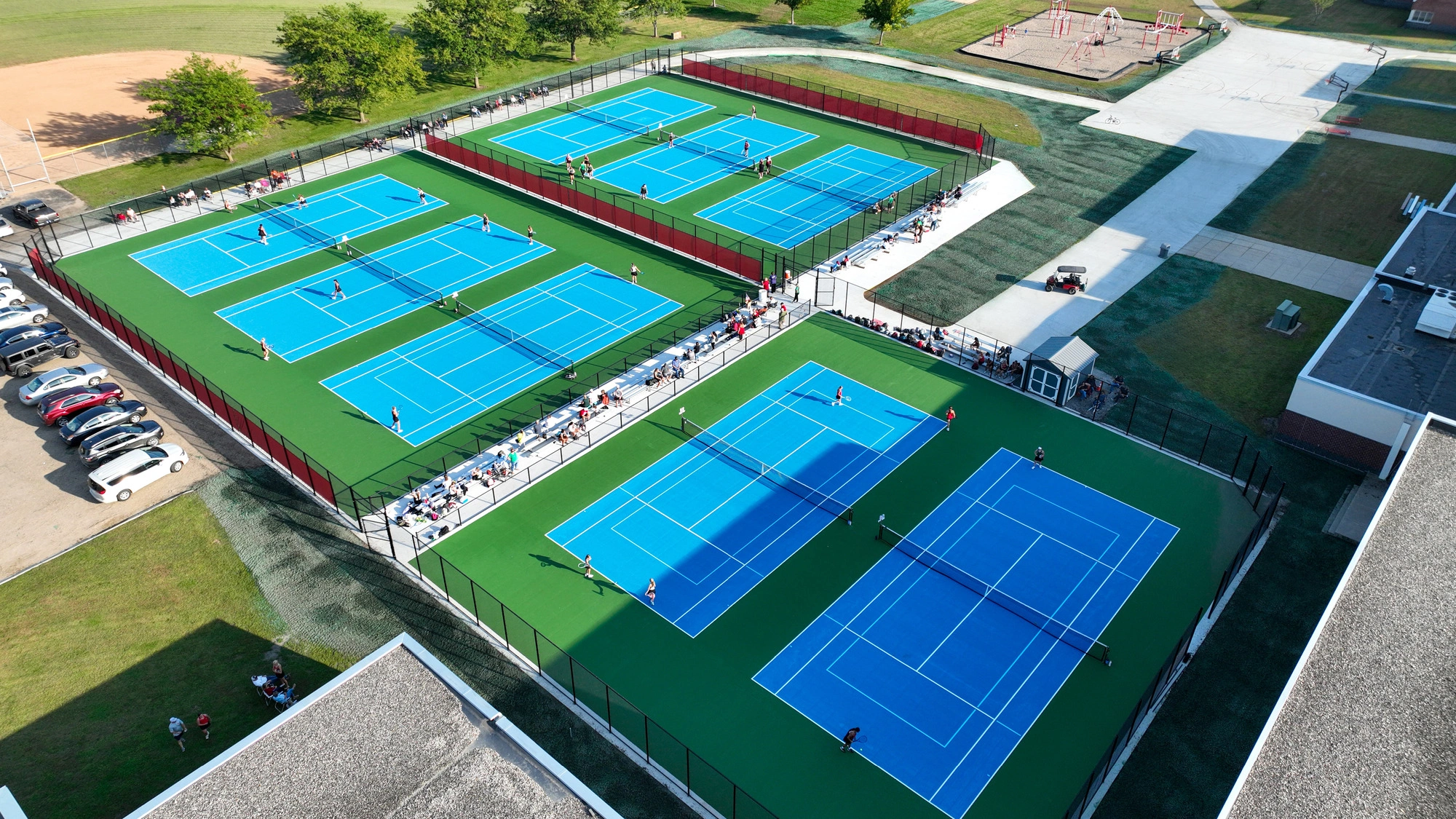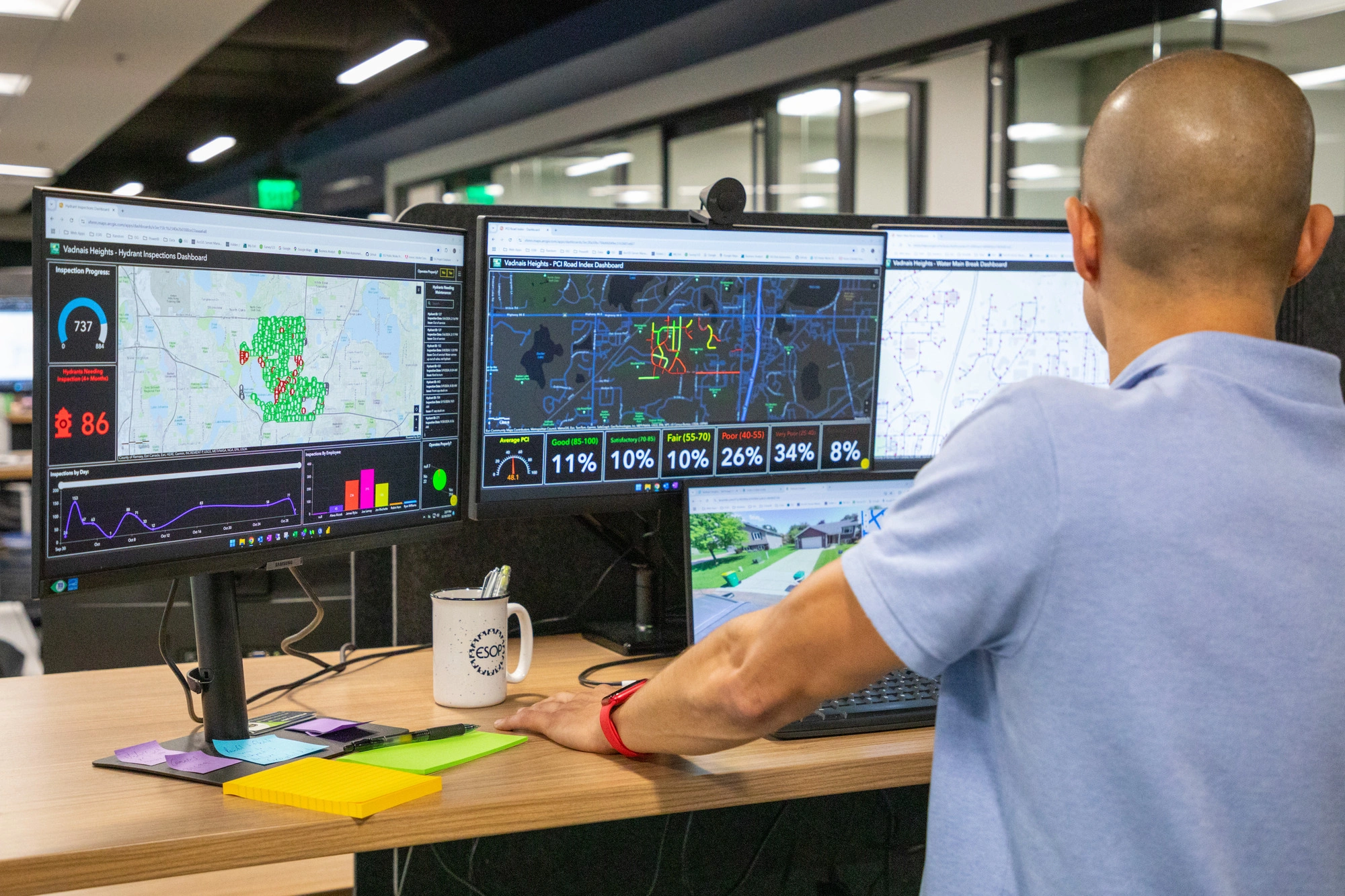Wetland Restorations: As a Nature-Based Investment
As a child growing up in the central lakes area of Minnesota, I would go to sleep during the warm summer nights with the window open listening to a chorus of frogs that could be heard singing from the two wetlands that were nearly right outside our front door. During the day, I would occasionally explore the muddy and wet haunts looking for the frogs and other critters that dwelled in this wetland home. My love of wetlands began then, as a child, when I could chase a dragonfly, capture a frog, or gather wetland flowers as a centerpiece for our dinner table.
Throughout my adult years, I have recruited many friends to explore and grow an affinity for wetlands, with the introduction almost always beginning with the critters and flowers. I try to find something that catches a wetland novice and entices them to explore further, such as the carnivorous pitcher plant that can be found in the Big Bog State Recreation Area in northwestern Minnesota. This magnificent bog covers approximately a 500-square mile area and is the largest peat bog in the lower 48 states. If I’ve managed to capture interest, I turn the conversation into the importance of wetlands in our environment. Whether it is to hold back water and reduce downstream flooding, infiltrate and replenish groundwater, filter and clean surface water, or provide habitat for all the plants and animals that require a range of wetland conditions to survive, wetlands have a critical role in sustaining a healthy environment.
Sadly, as important as wetlands are as a natural asset, approximately half of the wetlands in North America have been drained or filled. The earliest impacts to wetlands began with the intent to control the mosquito population through their drainage, thereby reducing the spread of malaria and other diseases that mosquitos are a vector for. Wetlands have also been drained to increase agricultural production and filled due to development. Local, state, and Federal regulations are in place to mitigate further wetland losses, and there are some state and local regulations that are more restrictive and specific to local wetland resources.
Current regulations now advise that landowners need to avoid wetland impacts whenever possible. While this can be a challenge, wetland mitigation banks provide a pathway for landowners to be compensated for wetland restorations and can also provide a worthwhile return-on-investment to those who create a wetland mitigation bank. These ‘banks’ are wetlands that have been restored, enhanced, or preserved to a standard that is accepted by the U.S. Corps of Engineers and/or other regulatory agency, as providing sufficient environmental value that it qualifies as a credit in the bank. When a wetland impact is unavoidable and needs to be compensated, these credits are available for purchase from the bank owner. The wetland banks can be created and owned by individuals, corporations, non-profit organizations, and governmental units, and investing in the creation of a wetland bank can be lucrative. Investors range from private equity firms and public employee retirement funds that are interested in the return on investment to individual landowners interested in both the environmental as well as economic aspects of this opportunity. But creating a wetland bank can also be risky due to the complicated regulatory requirements and complexity of the restoration.
Whatever your reasons for considering an investment in creating a wetland mitigation bank, enlisting a trusted and experienced advisor to help guide you through the complex regulatory, decision making, and wetland bank development process is a necessity. At ISG, our wetland scientists and regulatory experts have been guiding interested parties through the wetland bank development process for over a decade. We have successfully completed six banks, totaling over 240 wetland acres, and are in the process of developing seven additional wetland banks that will create over 250 additional acres of wetland habitat. Contact ISG today and let us help begin your investment that will be sure to grow your affinity for wetlands and all the benefits that they provide.
Learn more about ISG's Drummer Wetland Restoration/Blue Earth County Ditch No. 25 project: https://www.isginc.com/portfolio/drummer-wetland-restoration-blue-earth-county-ditch-no-25
Learn more about wetlands here: https://www.worldwetlandsday.org/




Related Articles


The Future of Southern Minnesota Lakes Conference Returns To Inspire Action on Lake Planning, Preservation, and Restoration
ISG is bringing back The Future of Southern Minnesota Lakes Conference for its fourth year from March 6–7, 2026 creating space for lake association members, environmental professionals, and community leaders dedicated to preserving and restoring Southern Minnesota lakes.

.webp)
ISG Recognized as a 2025–26 Emerging Professional Friendly Firm for the Fourth Consecutive Cycle
ISG has been honored as a 2025–26 Emerging Professional Friendly Firm by AIA chapters in North Dakota, South Dakota, Wisconsin, and Minnesota in recognition of its commitment to fair compensation, licensure support, mentorship, and growth for early-career architects.




_webfull.webp)
.webp)





